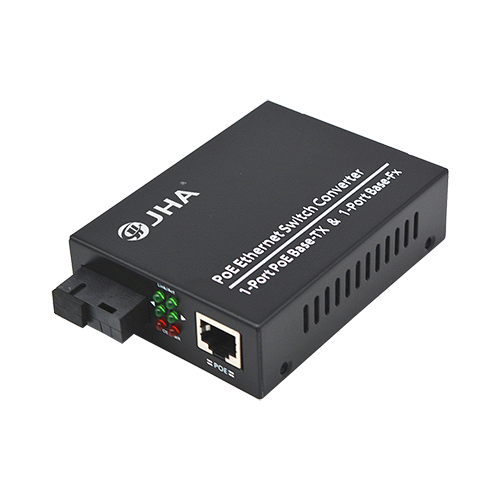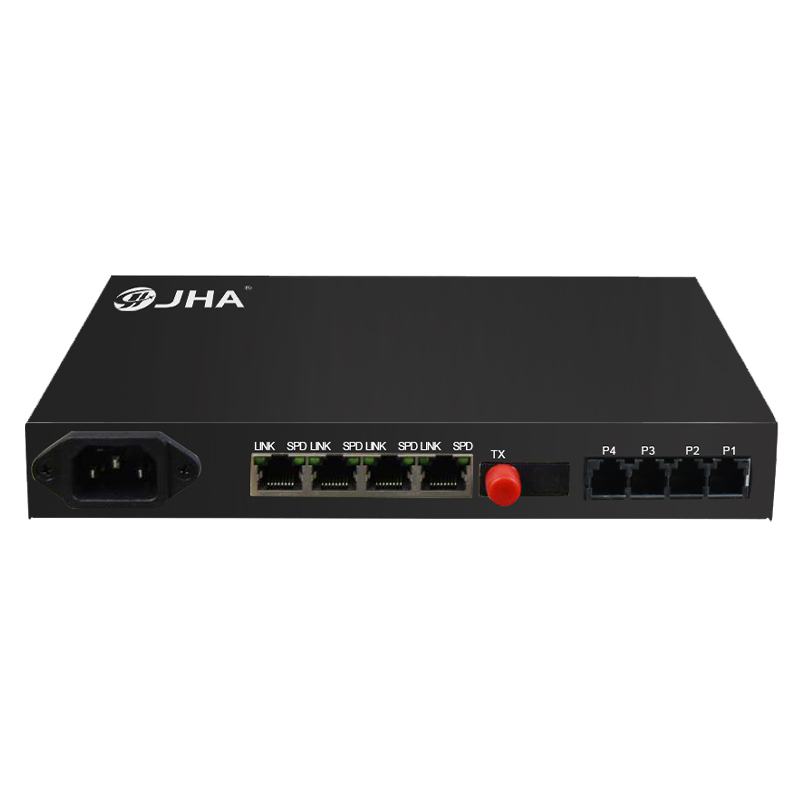Industry News
-

What does the optical transceiver 2M mean, and what is the relationship between the optical transceiver E1 and 2M?
Optical transceiver is a device that converts multiple E1 signals into optical signals. Optical transceiver is also called optical transmission equipment. Optical transceivers have different prices according to the number of E1 (that is, 2M) ports transmitted. Generally, the smallest optical tran...Read more -

Analysis of fiber switch types
Access Layer Switch Usually, the part of the network that is directly connected to users or accesses the network is called the access layer, and the part between the access layer and the core layer is called the distribution layer or the convergence layer. Access switches are generally used to di...Read more -

What is Cat5e/Cat6/Cat7 Cable?
What is the difference between Ca5e, Cat6, and Cat7? Category Five (CAT5): The transmission frequency is 100MHz, used for voice transmission and data transmission with a maximum transmission rate of 100Mbps, mainly used in 100BASE-T and 10BASE-T networks. This is the most commonly used Ethernet c...Read more -

What is 1*9 optical module?
The 1*9 packaged optical module product was first produced in 1999. It is a fixed optical module product. It is usually directly cured (soldered) on the circuit board of the communication equipment and used as a fixed optical module. Sometimes it is also called a 9-pin or 9PIN optical module. . A...Read more -

What is the difference between Layer 2 and Layer 3 switches?
1. Different working levels: Layer 2 switches work at the data link layer, and Layer 3 switches work at the network layer. Layer 3 switches not only achieve high-speed forwarding of data packets, but also achieve optimal network performance according to different network conditions. 2. The prin...Read more -

How to use fiber optic transceivers?
The function of fiber optic transceivers is to convert between optical signals and electrical signals. The optical signal is input from the optical port, and the electrical signal is output from the electrical port, and vice versa. The process is roughly as follows: convert the electrical signal ...Read more -

How Managed Ring Switches Work?
With the development of the communication industry and the informatization of the national economy, the managed ring network switch market has grown steadily. It is cost-effective, highly flexible, relatively simple and easy to implement. Ethernet technology has become an important LAN network te...Read more -

The development of telephone optical transceiver
Our country’s telephone optical transceivers have developed rapidly with the development of the monitoring industry. From analog to digital, and then from digital to high-definition, they are constantly advancing. After years of technical accumulation, they have developed to a very mature s...Read more -

What is IEEE 802.3&Subnet Mask?
What is IEEE 802.3? IEEE 802.3 is a working group that wrote the Institute of Electrical and Electronics Engineers (IEEE) standard set , which defines medium access control (MAC) at both the physical and data link layers of wired Ethernet. This is usually a local area network (LAN) technology wi...Read more -

What is the difference between a switch and a fiber converter?
Optical fiber transceiver is a very cost-effective and flexible device. The common use is to convert electrical signals in twisted pairs into optical signals. It is generally used in Ethernet copper cables that cannot be covered and must use optical fibers to extend the transmission distance. In ...Read more -

What is Ring network redundancy& IP protocol?
What is Ring network redundancy? A ring network uses a continuous ring to connect each device together. It ensures that the signal sent by one device can be seen by all other devices on the ring. The ring network redundancy refers to whether the switch supports the network when the cable connecti...Read more -

What is Network Topology&TCP/IP?
What is Network Topology Network topology refers to the physical layout features such as the physical connection of various transmission media, network cables, and abstractly discusses the interaction of various endpoints in a network system by borrowing the two most basic graphic elements in geo...Read more

















